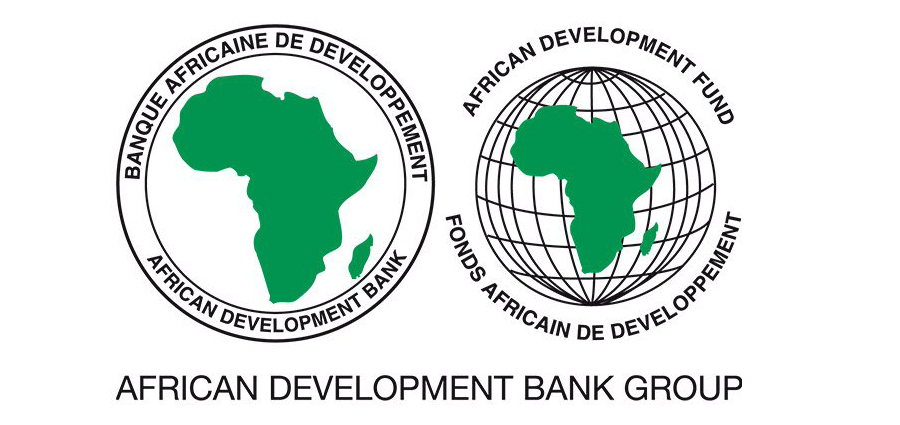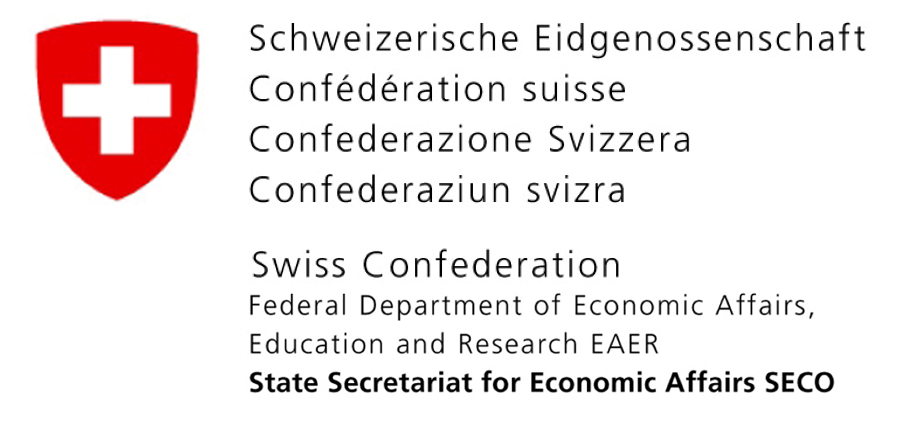Safer Road User Behavior: Pillar 4 of the Decade of Action for Road Safety
The Decade of Action for Road Safety encourages Governments to commit to the Decade of Action for Road Safety by implementing action plans that address the following five pillars:
- Better road safety management
- Safer roads
- Safer vehicles
- Safer road user behavior
- Better post-crash response
Pillar 4 concerns problematic road user behaviour - such as over-speeding, non-use of seat belts and helmets, fatigue and intoxicated driving - and how to influence it. This can be done through sustained enforcement of road traffic rules combined with public awareness and education activities to raise compliance with regulations that reduce the impact of the key risk factors.
Below are a series of good practices and guidelines for Pillar 4. Road safety agencies are invited to submit their own good road safety practices to SSATP so further examples can be added.
Drinking and Driving
The report ‘Drinking and Driving - a road safety manual for decision-makers and practitioners’ (WHO 2007) is one out of five manuals aimed at policy-makers and practitioners providing step-by-step guidance to improve road safety with simple, cost-effective solutions.
The manual draws on experience from countries that have succeeded in reducing drinking and driving. It provides the background evidence to start a drinking and driving program, and takes the user through the steps needed to undertake a problem assessment in a country. It explains how to plan and implement a program, including setting up a working group, developing a plan, examples of laws and enforcement needed, how to develop public education and publicity campaigns, and finally how to evaluate the program.
Helmets
The report "Helmets: a road safety manual for decision-makers and practitioners" (WHO 2007) is one out of five manuals aimed at policy-makers and practitioners providing step-by-step guidance to improve road safety with simple, cost-effective solutions.
It provides the necessary evidence needed to start a helmet use program, and takes the user through the steps to assess the helmet situation in a country. It then explains how to design and implement a helmet use program, including: setting up a working group; developing an action plan; introducing and enforcing mandatory helmet laws; creating appropriate standards for helmet production; effectively marketing helmets to the public; educating children and young people on helmet use; and consideration of the capacity for an appropriate medical response to be provided following a crash. Finally, the manual guides the user evaluation of the program so the results can be fed back into future program designs.
Speed Management
Speeding is one of the most important factors for the occurrence and severity of accidents. The higher the speed is, the higher the risk of accident and injury. It is one of the biggest challenges for road safety practitioners - but solutions are available.
The report ‘Speed Management - a road safety manual for decision-makers and practitioners’ (WHO 2008) is one out of five manuals aimed at policy-makers and practitioners providing step-by-step guidance to improve road safety with simple, cost-effective solutions.
The manual consists of a series of modules. It provides evidence of why speed management is important and takes the user through the steps needed to assess the situation in their own country. It explains the steps needed to design, plan and implement a program, including how to obtain funding, set up a working group, develop an action plan and, if necessary, introduce appropriate legislation. It considers the potential role of measures involving engineering and enforcement, as well as using education to change speed related behaviour. Finally, the manual guides the user on how to monitor and evaluate the program so that the results can be fed back into program design. For each of these activities, the document outlines in a practical way the various steps that need to be taken.
Road Safety Campaign
It is not straight forward to run an effective road safety campaign. Planning, implementation, evaluation and close coordination with police enforcement and other stakeholders are all vital elements. The attached handbook from Ghana uses a specific campaign on fatigue as an example but the methodology can be applied on issues as well.
Road Safety Education for school children is an important element under Pillar 4. Many different methodologies have been applied over the years in many different countries - but what works and what does not? In Ghana, a ‘Walk Safely’ Pilot Project was developed based on one a case in the attached guideline, which summarizes education measures that aim at positively influencing traffic behaviour pattern by emphasizing on:
1. Promotion of knowledge and understanding of traffic rules and situations,
2. Improvement of skills through training and experience
3. Strengthening and/or changing attitudes towards risk awareness, personal safety and the safety of other road users.
The following documents bring more information:







